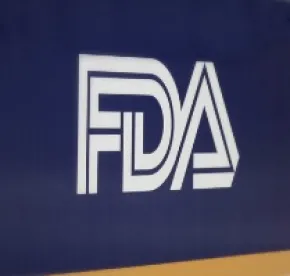Since the 21st Century Cures Act became law in December 2016, we have been keeping track of the Food and Drug Administration’s actions to carry out its obligations under the relatively new law. One particular provision of the Act: (i) emphasized the agency's responsibility to identify class II devices that may be exempted from premarket notification (or 510(k)) requirements, and (ii) required the agency to publish a list of each type of class II device that the Food and Drug Administration (FDA) determines no longer requires a 510(k) submission to provide reasonable assurance of safety and effectiveness at least every five years, or as appropriate. On July 11, 2017, FDA announced the list of class II devices that, as of that date, became 510(k)-exempt. That action represented the first use of this Cures Act-mandated de-regulatory initiative. More recently, on December 30, 2019, FDA published in the Federal Register a final notice of its amendments to each classification regulation for the newly exempted devices (which fall within both class I and class II).
The regulation amendments in the December 30, 2019 notice largely reflect the exemptions that FDA finalized in the July 11, 2017 publication. For many devices, such as high throughput genomic sequencer analyzers (21 C.F.R. § 862.2265) and instrumentation for clinical multiplex test systems (21 C.F.R. § 862.2570), which we highlighted in a previous post, FDA amended the classification regulations to completely exempt the entire device type. For others, FDA amended the classification regulations to exempt devices meeting certain criteria while leaving intact the 510(k) requirements for other devices of the same type. For instance, computerized cognitive assessment aids (21 C.F.R. § 882.1470) are 510(k)-exempt, “except when the [device] is intended for diagnostic assessment of specific diseases or conditions and relies on inputs from visual cues, auditory cues, and/or functional use of the hand.”
However, in a surprising departure from the initial list of 510(k) exemptions, the December 30, 2019 final notice amended the classification regulation for glucose test systems (21 C.F.R. § 862.1345). In the July 11, 2017 publication, FDA exempted drink mixtures that are used in glucose tolerance tests, which are classified under 21 C.F.R. § 862.1345 and product code MRV, from 510(k) requirements, but did not include blood glucose meters, which are classified under the same regulation but with product codes NBW, PZI, and PYV. By contrast, the December 30 final order amends the entire classification regulation to exempt all glucose test system subtypes, including blood glucose meters. This change was unexpected because FDA has historically taken the position that blood glucose meters are critical to the health of diabetics and, as a result, premarket notification was needed in order to ensure manufacturers properly implement relevant special controls, including validation and proper labeling. It is important to note that the product classification pages for product codes NBW, PZI, and PYV on FDA's website still indicate that a 510(k) is required for blood glucose meters, even though the overarching classification regulation provides a general exemption to all glucose test systems.
It is possible that FDA reassessed the factors relating to the general safety and effectiveness of blood glucose meters and determined that the current special controls and quality system requirements provide reasonable assurance that any new blood glucose meter will be sufficiently safe and effective. However, it appears that FDA has not provided an explicit justification for this particular regulatory change. Whether intentional or not, this change eases the regulatory burden on manufacturers looking to release blood glucose monitors on the market, but in the future, FDA will have to rely on post-market surveillance and enforcement action to remove from the market any such monitors that prove deficient.




 />i
/>i

